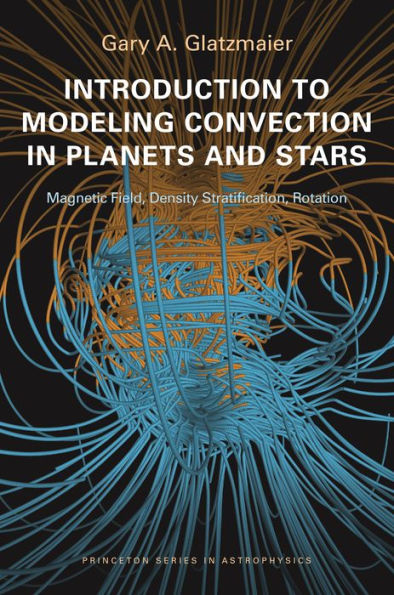5
1

Introduction to Modeling Convection in Planets and Stars: Magnetic Field, Density Stratification, Rotation
328
Introduction to Modeling Convection in Planets and Stars: Magnetic Field, Density Stratification, Rotation
328eBook (Course Book)
$59.49
$79.00
Save 25%
Current price is $59.49, Original price is $79. You Save 25%.
Related collections and offers
59.49
In Stock

Product Details
| ISBN-13: | 9781400848904 |
|---|---|
| Publisher: | Princeton University Press |
| Publication date: | 11/24/2013 |
| Series: | Princeton Series in Astrophysics , #24 |
| Sold by: | Barnes & Noble |
| Format: | eBook |
| Pages: | 328 |
| File size: | 9 MB |
About the Author
What People are Saying About This
From the B&N Reads Blog
